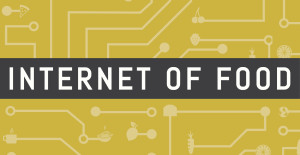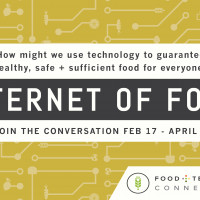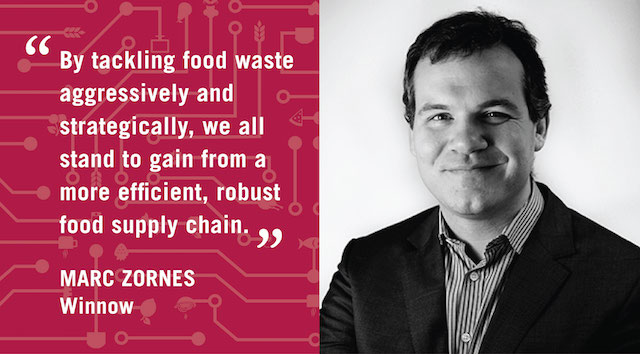
Guest post Marc Zornes, founder of Winnow, as part of our Internet of Food Series. The views expressed are are solely those of the author and do not reflect the views of Food+Tech Connect.
Every calorie counts, and reducing food waste should be the first priority in ensuring a sustainable food supply chain. New technologies are transforming how we look at waste. At Winnow, we believe food is too valuable to be wasted and that technology can transform the way we prepare our food. By tackling food waste aggressively and strategically, we all stand to gain from a more efficient, robust food supply chain.
Every day, the world wastes roughly one third of all food that is grown at some point between farm and fork. This is equal to over $1 trillion in waste or over 1 percent of global output. When the world ponders how to feed the growing population over the next 30 years, reducing this waste is first place we should start.
Only in the past 10 years have we really begun to understand the scale of this issue. Now that we appreciate the level of waste that exists in our system, it’s time for us to move from talking about why waste is a problem to finding solutions to address it.
The good news is that reducing food waste is a win-win for everyone in the supply chain. At each point, there is an opportunity to either be more efficient or to find new outlets for food that would otherwise go uneaten.
- Producers find new outlets to sell products that their existing producers cannot or will not buy.
- Food distributers improve their forecasting and buying techniques or gain tax breaks by donating food to those in need.
- Restaurants produce the right food and put the right product in front of their customers.
- Consumers get smarter about what they buy and how much they make.
In all instances, we save money while decreasing the needs for more intensive farming as food demands continue to increase with growing populations.
Reducing Food Waste With Innovations From Other Industries
We are at the nascent stages of innovation when it comes to reducing food waste, particularly with technology. There are only a handful of companies trying to solve this problem and yet the size of the opportunity is enormous. This is bound to change.
Despite the scale of the issue, this is very much a solvable problem. Early innovations to reduce waste such as Winnow are proving that waste can be cut by over 50 percent. The solutions are taking parallels from other businesses solving similar issues and applying them to this problem. These solutions fall into three broad themes:
Big Data: What you measure gets managed. Today, there is only sparse data on what is wasted. Accurately recording what is waste and why and then using that data to drive insights on how you can change operational practices and people’s behaviour has tremendous power. Once you know where waste is occurring, improved forecasting and production planning allows you address the issue at its root cause.
New Markets: We clearly know in advance when something is likely to be wasted. Identifying companies or people who will buy that product and make use of it prior to its expiry is a brand new revenue stream. Today, there are companies doing this at the farm level (Food Cowboys) and at homes (Olio).
Extending expiry dates: A myriad of new solutions are looking at how we can extend the shelf life of produce and other foods to make sure they can last until they are eaten. This can be particularly helpful in supermarkets and homes where the leading cause of waste.
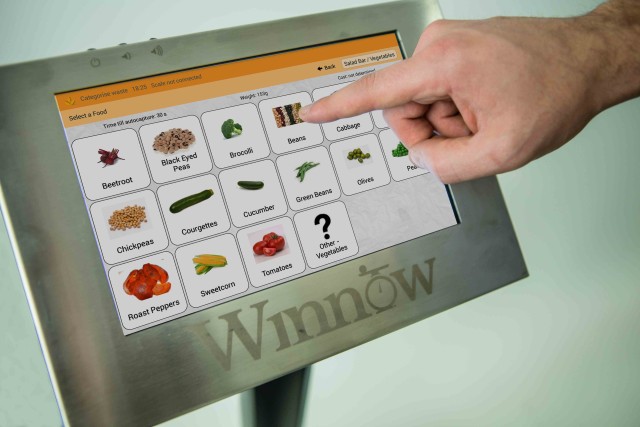
At Winnow, we focus on the first area of big data. We’ve found that kitchens simply don’t know how much is being wasted, and that many large kitchens waste 20 percent of the food they buy. This is not through incompetence, but because they lack the correct tools. By monitoring waste with our technology, we help chefs improve their kitchen practices and drive significant savings to the bottom line.
We are on a mission to solve the problem for restaurants on a global scale. We are already live in six countries and are savings our clients millions. However, we’re only scratching the service. To really solve this problem, we need to be saving our clients billions. When we reach that goal, we will have an exciting business at the same time.
There are so many opportunities to fight waste in the food supply chain and tremendous wealth and impact that can be generated by doing so. Our real question is: who’s going to join us in the fight?
Internet of Food is an editorial series exploring how we might use technology, new business models and design to guarantee healthy, safe and sufficient food for everyone. Join the conversation between March 23 and April 29. Share your ideas in the comments, on Twitter using #internetoffood, Facebook, Instagram or LinkedIn, and follow the conversation by subscribing to our newsletter.
________________
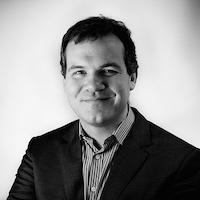
Marc been working in the food supply chain for over 10 years. He started in logistics working for C&S Wholesale Grocers where he helped run distribution facilities, lead the company’s Vendor Managed Inventory program, and serve as the chief of staff to the CEO. He later worked as a Manager at McKinsey & Company where he was a leader in the Sustainability and Consumer practices.
While at McKinsey, Marc co-authored the McKinsey Gobal Institute report, Resource Revolution: Meeting the World’s Energy, Materials, Food and Water Needs. Marc led the team that conducted the analysis for the report focusing in on global opportunities for resource productivity. One of the key findings of this report was that food waste was one of the largest, untapped opportunities for resource productivity globally.
Marc then left McKinsey to found Winnow. Winnow build technology to help chefs run their kitchens more efficiently. The company’s first product helps sites better understand and prevent food waste. Since launch two years ago Winnow has been deployed in over 200 kitchens and has saved its customers over £2m by reducing food waste.

